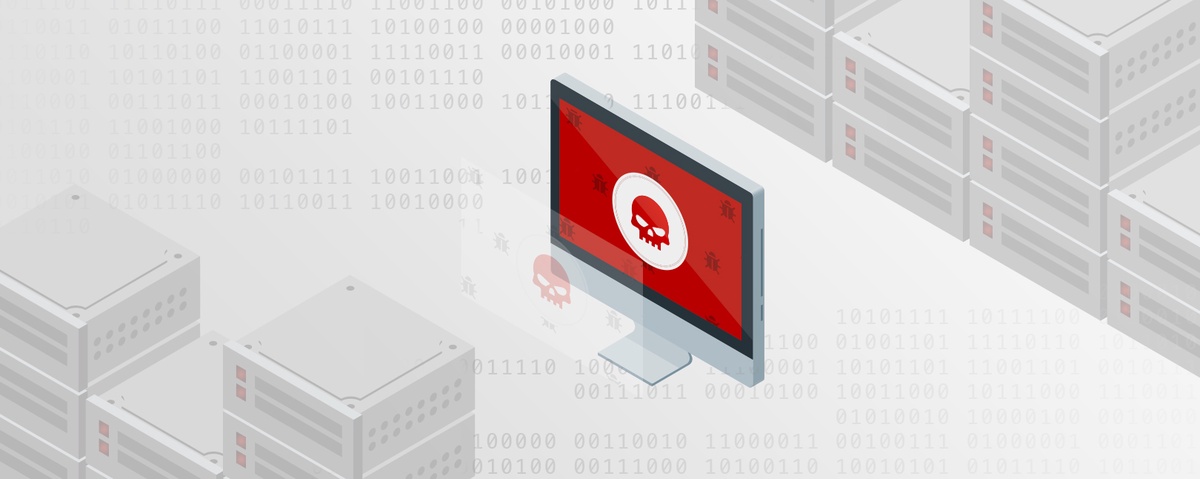Introduction
In today's digitally driven world, ransomware attacks have emerged as one of the most significant cybersecurity threats, and merchants are no exception. The ability to process payments and handle sensitive customer data makes merchants attractive targets for cybercriminals seeking financial gain through ransomware attacks. To safeguard their operations and customer trust, merchants must adopt robust ransomware defense strategies. This article explores effective strategies to protect your business from the ever-evolving threat of ransomware.
Understanding Ransomware
Ransomware is malicious software that encrypts a victim's files or systems and demands a ransom payment to provide a decryption key. This type of cyberattack has become increasingly prevalent, and its consequences can be severe, ranging from financial losses to reputational damage.
Merchant Ransomware Targets
Merchants, whether they operate brick-and-mortar stores or e-commerce platforms, are attractive targets for ransomware attacks due to the nature of their business operations. Here are some reasons why merchants are vulnerable:
-
Payment Processing: Merchants handle payment transactions, making them a prime target for attackers seeking immediate financial gain.
-
Customer Data: Merchants collect and store vast amounts of customer data, including personal and financial information, which can be sold on the dark web or exploited for fraud.
-
Operational Disruption: Ransomware attacks can disrupt business operations, leading to downtime, loss of revenue, and damage to the brand's reputation.
Effective Ransomware Defense Strategies for Merchants
-
Employee Training and Awareness:
a. Regularly educate employees about ransomware threats, emphasizing the importance of identifying phishing emails and suspicious attachments. b. Conduct simulated phishing exercises to test employees' ability to recognize and respond to phishing attempts.
-
Robust Backup and Recovery:
a. Implement automated backup systems that regularly back up critical data and systems. b. Store backups in secure, isolated environments to prevent attackers from accessing them. c. Test backup restoration procedures to ensure data recovery in case of an attack.
-
Patch Management:
a. Keep software and systems up-to-date with the latest security patches. b. Implement a proactive patch management process to address vulnerabilities promptly.
-
Network Segmentation:
a. Segment your network to isolate critical systems and data from less essential parts of the network. b. Limit access to sensitive information to only authorized personnel.
-
Endpoint Security:
a. Deploy robust endpoint security solutions, including antivirus software and intrusion detection systems. b. Regularly scan and monitor endpoints for suspicious activities.
-
Email Filtering:
a. Implement advanced email filtering and anti-phishing solutions to block malicious emails before they reach employees' inboxes.
-
Multi-Factor Authentication (MFA):
a. Enforce MFA for accessing critical systems and data, adding an extra layer of security against unauthorized access.
-
Incident Response Plan:
a. Develop a comprehensive incident response plan that outlines steps to take in case of a ransomware attack. b. Test the plan regularly through tabletop exercises.
-
Security Awareness Training:
a. Educate employees about the dangers of downloading or opening files from unverified sources. b. Encourage reporting of suspicious activity to the IT department.
-
Regular Security Audits:
a. Conduct regular security audits and vulnerability assessments to identify and address potential weaknesses in your infrastructure.
Conclusion
Ransomware attacks continue to pose a significant threat to merchants, but with the right defense strategies in place, businesses can mitigate the risks and protect their operations. Investing in employee training, robust backup and recovery solutions, network segmentation, and a well-defined incident response plan are crucial steps in fortifying your organization's defenses against ransomware. By staying vigilant and proactive, merchants can better safeguard their assets, customer data, and reputation in an increasingly digital world.


No comments yet